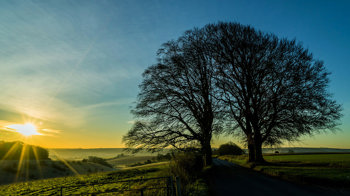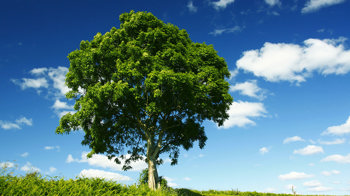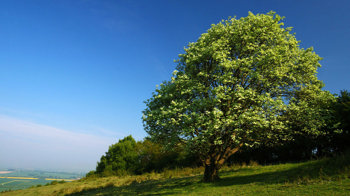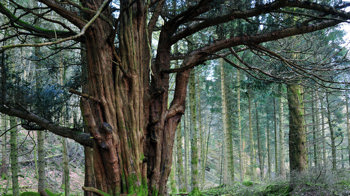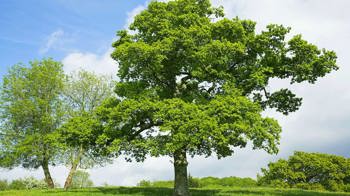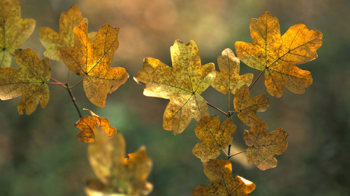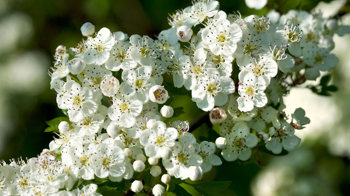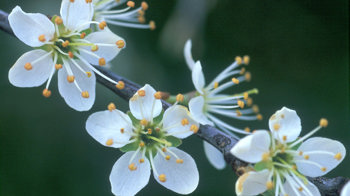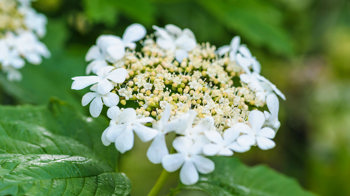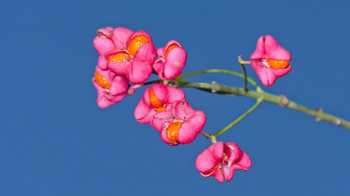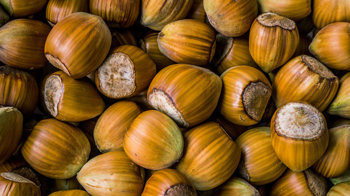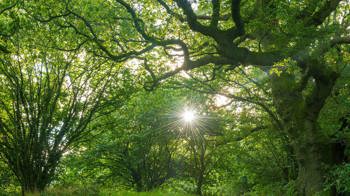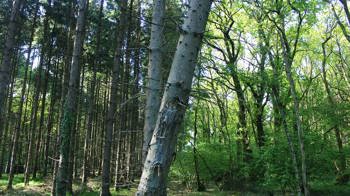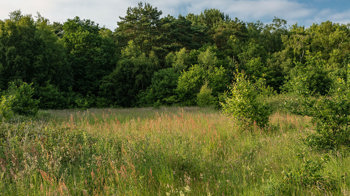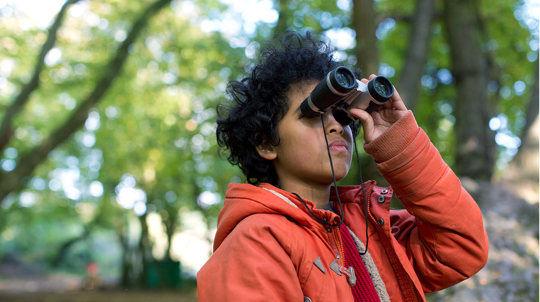Wildlife and habitats
Barber wood offers native broadleaf woodland dripping in moss and open grassland dotted with clumps of mature parkland trees and carpeted in wildflowers that attract butterflies and other pollinators.
Animals
The wildflowers of the species-rich, unimproved limestone grassland attract a great number of butterflies including the rare chalkhill blue butterfly.
Trees, plants and fungi
The unimproved limestone grassland is populated by yellow-wort, field scabious, horseshoe vetch and knapweed; pyramidal, common spotted and fragrant orchids are also present on the southern slopes. Yellow rattle and birds-foot trefoil in addition to knapweed and field scabious may also be found across the semi-improved grassland.
The main field contains several historic planted roundels with mixed broadleaf and conifer species dating back to the 1800s. Species include beech, pine and horse chestnut.
The wood itself is composed of largely even-aged blocks of mixed native broadleaved species, including ash, beech, birch, field maple, whitebeam, yew and pedunculate oak. Shrub species include hawthorn, blackthorn, dog wood, guelder rose, spindle and hazel.
Wide strips of open ground have been left between and within planted blocks, with wide rides and scallops offering successional habitat from patches of wildflower grassland, developing scrub habitat and shrub rich woodland edges.







